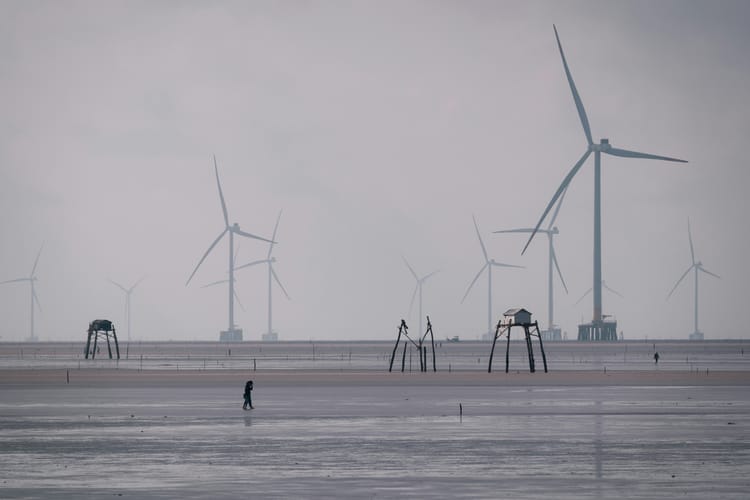US$13.5 trillion investment needed to decarbonise heavy industry

Decarbonising steel, cement, aluminium, ammonia, oil and gas, aviation, shipping and trucking – sectors responsible for 40% of global greenhouse gases – will require US$13.5 trillion of new investment by 2050.
Most of the investment should go towards “the electrification of low to medium temperature industrial processes”, which involves clean power, clean hydrogen and carbon capture, utilisation and storage (CCUS), according to the latest Net-Zero Industry Tracker published today by the World Economic Forum (WEF).
WEF calculated the level of investment needed based on the average cost of solar, offshore and onshore wind, nuclear and geothermal energy generation, as well as electrolyser costs for clean hydrogen and carbon transport, and energy storage costs.
Like most other sectors, the eight carbon-intensive industries analysed in the report are off track to reach net zero emissions by 2050 – but it’s not all doom and gloom: WEF believes collaboration between these hard-to-abate sectors could accelerate progress.
“There is still tremendous opportunity for sectors to come together to drive innovation and address their challenges collaboratively through sharing knowledge and best practices, joint innovation, market access and consumer trust, risk mitigation and resiliency planning,” note the report’s authors.
This collaboration is already happening to some extent: truck maker Scania, for example, recently signed an agreement with steel supplier SSAB to support the development of a carbon-free steelmaking process using hydrogen instead of coal.
This month, John Ostergren, Chief Sustainability Officer of engineering firm Smiths Group also talked to CSO Futures about his company’s work to support steel decarbonisation, noting that “the connection between Scope 3 and commercial opportunities is actually quite direct”.
Transition technologies increasingly available – at steep premiums
At current development rates, most of the technologies needed to decarbonise heavy industry are expected to be available by 2030, including biobased sustainable aviation fuel (SAF), battery-electric trucks and the Direct Reduction of Iron (DRI) steelmaking process mentioned above.
However, WEF warns that in order to signal future demand, companies are currently paying premiums of up to 350%, which are “largely untested at scale”.
The highest B2B green premiums are seen in the aviation sector, where airlines have committed US$45 billion in forward purchase agreements for SAF, according to trade association IATA.
WEF advises these industries to “collaborate across the value chain” to increase transparency around the application of clean technologies and clarify potential customer revenue signals “both in terms of price and volume limit execution”.
Additional US$11 trillion CapEx necessary to retrofit assets
On top of the overall US$13.5 trillion investment in the development of these transition technologies, another US$11 trillion will have to be spent by companies in these industries to retrofit existing assets with clean technologies. But according to WEF, the current macroeconomic landscape lacks sufficient incentives to support these CapEx investments.
“Redirecting capital for industry transformation requires strategic policy interventions, including carbon pricing, technology subsidies, public procurement and a strong business case. Institutional investors and multilateral banks can play a crucial role by providing access to low-cost capital linked to emissions targets,” says the report.
Grid infrastructure investment
Finally, the WEF tracker emphasises the need for infrastructure investments to support low-emissions energy technologies, echoing the findings of other recent reports.
In a pre-COP28 briefing, Jennifer Layke, Global Director of Energy at the World Resources Institute (WRI), also warned that there is currently “very limited investment happening in grids that are both modernised as well as the transmission and distribution systems to get those grids to be robust and to be able to manage both the variable renewables and also have the resilience and adaptation to climate impact”.
Yet last week’s TransitionZero report found that modern and efficient grids could save US$3 trillion in the net zero transition, noting that “reinforcing transmission lines within and between countries reduces the amount of costly generation and storage infrastructure needed, saving the global economy trillions in transition costs”.







Member discussion